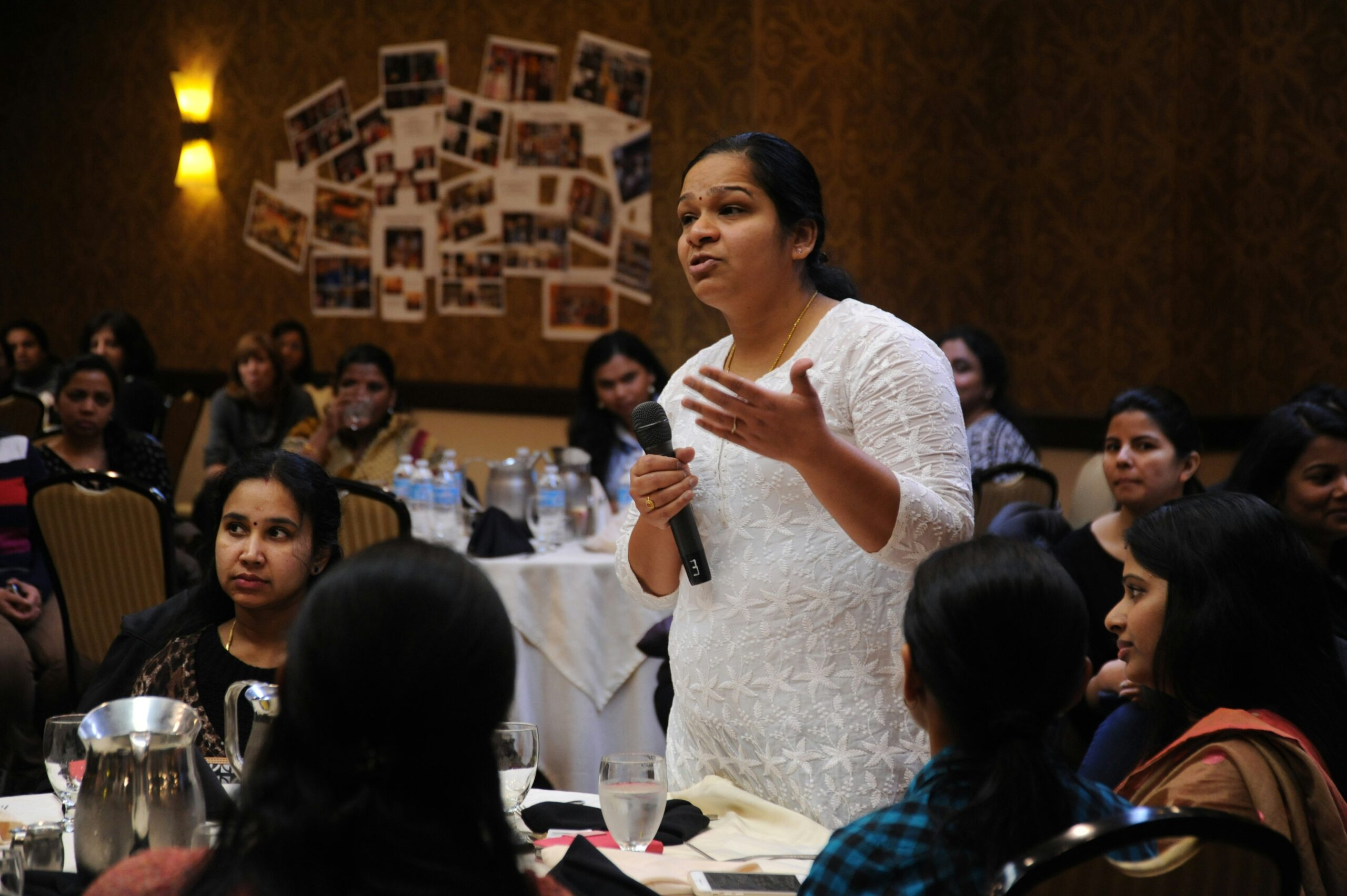Storytelling is an indispensable skill for speakers, offering a dynamic means of communication through the artful weaving of narrative techniques to deliver fresh experiences to audiences. At its core, storytelling invites listeners to immerse themselves in the narrative, engaging their imagination and sparking new perspectives.

aeroquad.info – In many ways, storytelling shares common ground with persuasive communication. Beyond evoking emotions, it serves as a catalyst for action, compelling listeners to respond and participate actively in the narrative being presented.
Mastering the craft of storytelling requires a blend of creativity, foresight, proficiency, and consistent practice. As one hones their storytelling abilities, they cultivate the power to captivate and hold the attention of their audience effectively. With time and dedication, a storyteller can transform their listeners into attentive and engaged participants, fostering a symbiotic relationship between speaker and audience.
The Simplest Pointers for Speaker Storytelling
Dynamic speakers possess a unique allure that captivates audiences. Their ability to convey information with fervor and a compelling sense of purpose sets them apart. Yet, perhaps the most captivating aspect of their presentation lies in their storytelling prowess.
Storytelling techniques are the cornerstone of their charm and effectiveness as speakers. By weaving narratives into their discourse, they not only convey information but also evoke emotions, foster connections, and leave a lasting impact on their listeners. Whether it’s through personal anecdotes, allegories, or vivid descriptions, dynamic speakers have mastered the art of storytelling to engage and enthrall their audience.
For those eager to enhance their own speaking abilities, delving into the realm of storytelling techniques offers a wealth of opportunities. Learning how to craft compelling narratives can transform an ordinary presentation into an unforgettable experience for both speaker and audience alike. So, if you’re intrigued by the allure of dynamic speakers and the power of storytelling, there’s no better time to explore and learn these invaluable techniques.
Select Your Preferred Tale and Grasp Its Narrative
Choosing a favorite story isn’t burdensome; in fact, it’s akin to selecting a cherished companion on a journey through narrative landscapes. With your chosen tale, you’re intimately familiar with its characters, the conflicts they face, the settings in which their stories unfold, and the resolutions they seek.
As you embark on the task of storytelling, your role is to curate and present the narrative in a manner that resonates with your audience. This involves not only selecting the appropriate tale but also crafting it in your own words, infusing it with your unique voice and perspective.
Essential to this process is ensuring that the plot unfolds cohesively, adhering to the narrative arc of the story. By maintaining fidelity to the original storyline, you enable your listeners to glean the intended moral messages and insights embedded within the narrative.
Transport the Audience into the Story’s Realm
The ultimate measure of success for a storyteller lies in the enduring impact of their message on the audience. When listeners carry the essence of a story with them long after it’s told, it signifies the triumph of the storytelling technique employed. At the heart of this success is the ability to immerse the audience fully in the narrative.
Storytelling for speakers encompasses more than just weaving words together; it’s about creating an immersive experience that resonates deeply with the audience. One effective way to achieve this is by incorporating visual aids such as slides and graphics into the presentation. These supplementary materials not only complement the narrative but also serve to reinforce key points, providing the audience with a clearer mental image of the story’s message
Moreover, leveraging visual elements enhances the sensory aspect of storytelling, engaging the audience on multiple levels. By appealing to sight and imagination, speakers can effectively transport their listeners into the world of the story, making them active participants in the narrative journey. From the audience’s perspective, it’s akin to experiencing a story unfold in a vivid, multi-dimensional landscape, akin to being immersed in a 4D cinema.
In essence, the successful integration of storytelling techniques with visual storytelling elements enables speakers to captivate their audience’s attention and leave a lasting impression that extends far beyond the confines of the presentation itself.
Craft a Narrative Conflict within Every Storyline
In the realm of storytelling for speakers, there exist various approaches to engage and enthrall audiences, among which is the utilization of narrative structures to evoke curiosity and maintain intrigue. One such technique involves employing a linear narrative flow, wherein the speaker unfolds the storyline in chronological order, leading the audience through a sequence of events that culminate in a captivating climax.
By adhering to this forward flow, speakers can establish a clear trajectory for the narrative, gradually building tension and anticipation until reaching a compelling resolution.
Alternatively, speakers may opt for a more unconventional approach by employing mixed grooves in their storytelling. This technique involves presenting the story out of chronological sequence, perhaps starting from the middle or even the climax, before circling back to the beginning to provide context and depth to the narrative.
This non-linear approach can pique the audience’s curiosity and challenge their expectations, compelling them to actively engage with the story as they piece together its various elements.
Regardless of the chosen narrative structure, it’s essential for speakers to intersperse their storytelling with compelling and memorable moments that leave a lasting impression on the audience. One effective way to achieve this is by incorporating props or visual aids that enhance the storytelling experience without detracting from the narrative.
For instance, small dolls or symbolic objects can serve as tangible representations of key characters or themes within the story, adding a layer of visual intrigue and immersion for the audience.